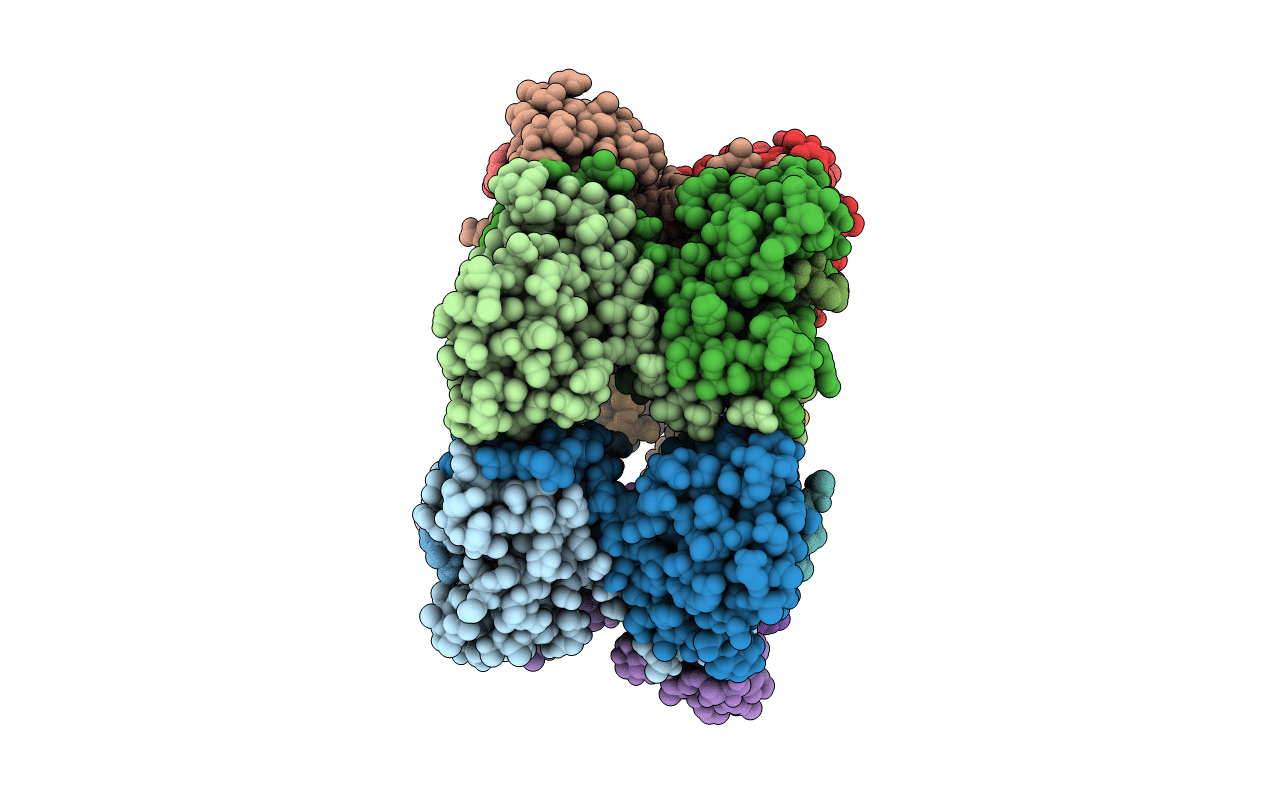
Deposition Date
2019-08-21
Release Date
2020-02-19
Last Version Date
2023-10-11
Entry Detail
PDB ID:
6U39
Keywords:
Title:
2.4 Angstrom crystal structure of the D129G Ca-CaM:CaV1.2 IQ domain complex
Biological Source:
Source Organism:
Homo sapiens (Taxon ID: 9606)
Host Organism:
Method Details:
Experimental Method:
Resolution:
2.40 Å
R-Value Free:
0.28
R-Value Work:
0.23
R-Value Observed:
0.23
Space Group:
P 21 21 2


